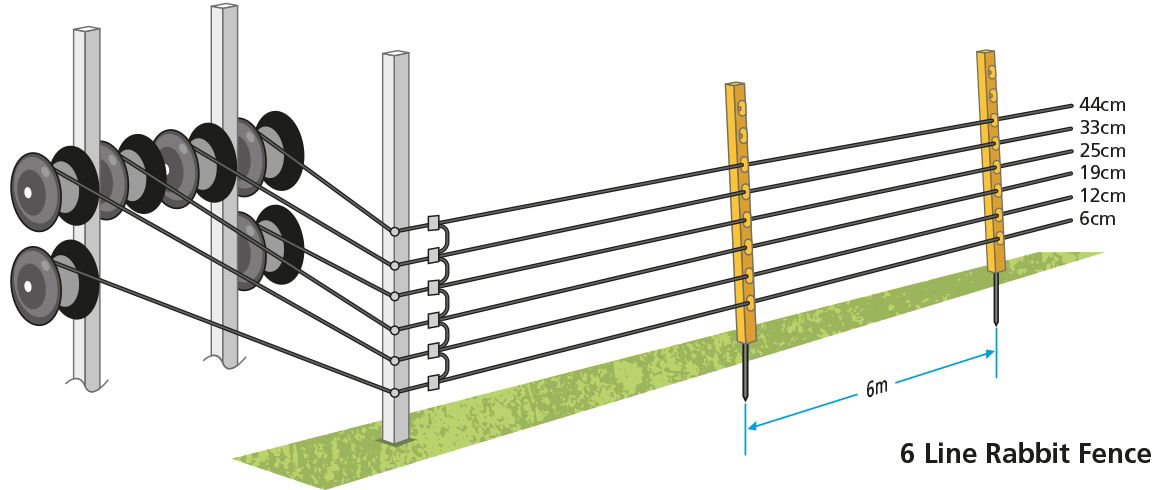The number of lines in your electric fence and their spacing depends on the size and agility of the animals you want to contain or deter. Small and nimble species like rabbits need more lines than larger, less agile animals like cattle. You need sufficient lines carefully positioned to maximise contact with an animal's sensitive nose, and to ensure it can't dodge underneath or jump over the electric fence.
Below is a guide to wire heights and post spacings for various animals, for both temporary and permanent electric fencing. We have also included information on the best kinds of wire to use.
Sheep
Sheep need multiple lines to ensure they get a shock where they can actually feel it. Three lines is the norm for temporary electric fencing, five lines provide more security for permanent electric fences. In the five-wire fence, don't energise the bottom wire. This is designed to stop animals slipping underneath the fence or growing vegetation causing a short.
- Temporary Electric Fencing for Sheep
Stranded steel or polywire with polystakes or steel stakes
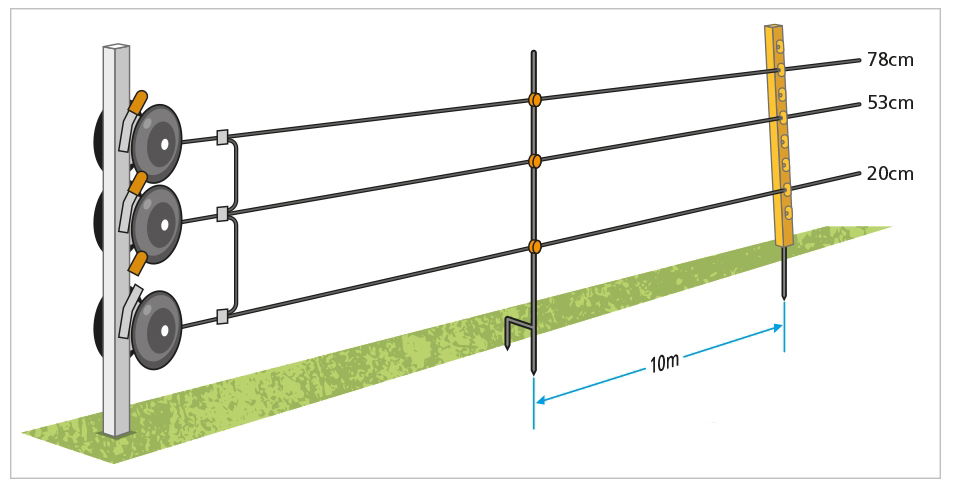
- Permanent Electric Fencing for Sheep
High tensile steel wire with timber posts
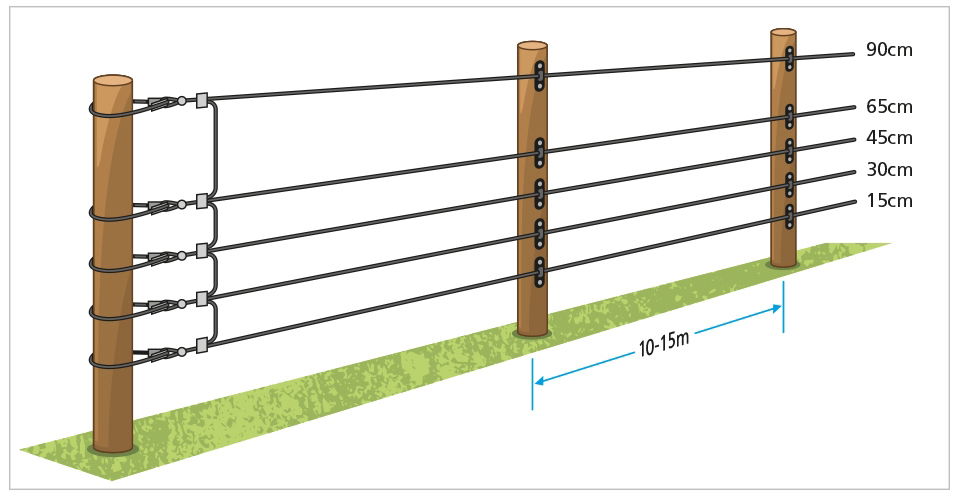
Cattle
Cattle are very sensitive to electric fencing, so you can get away with a single line at around 90cm from the ground when strip-grazing dairy cows. For herds containing young calves, you will need two lines.
- Temporary Electric Fencing for Cattle
Stranded steel wire or polywire with steel or spring steel pigtail stakes
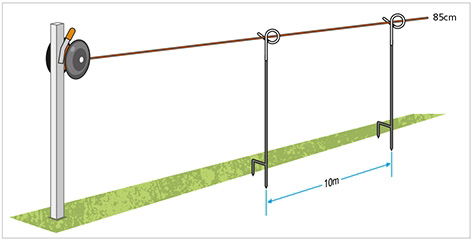
- Permanent Electric Fencing for Cattle
High tensile steel wire with timber posts
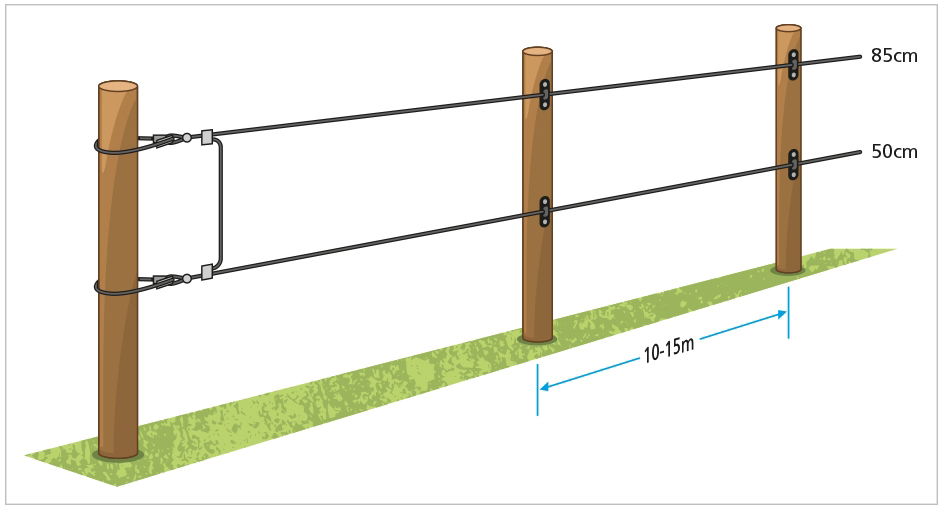
Pigs
Pigs, including boars, are very sensitive to electric fencing, and can be effectively controlled with just two lines of wire. However, you'll need three lines for piglets, and to separate boars in adjacent paddocks.
Tip: Use steel wire or high tensile wire for conductivity on the bottom line and something more visible can be beneficial on the top line. You will need three lines for piglets, and to separate boars in adjacent paddocks.
- Temporary Electric Fencing for Pigs
Stranded steel wire with timber or steel posts
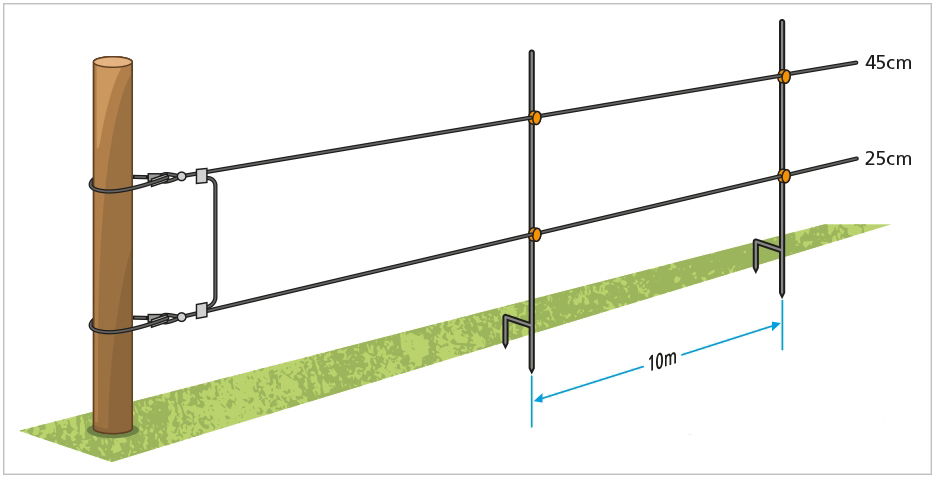
- Permanent Electric Fencing for Pigs
High tensile steel wire and timber posts
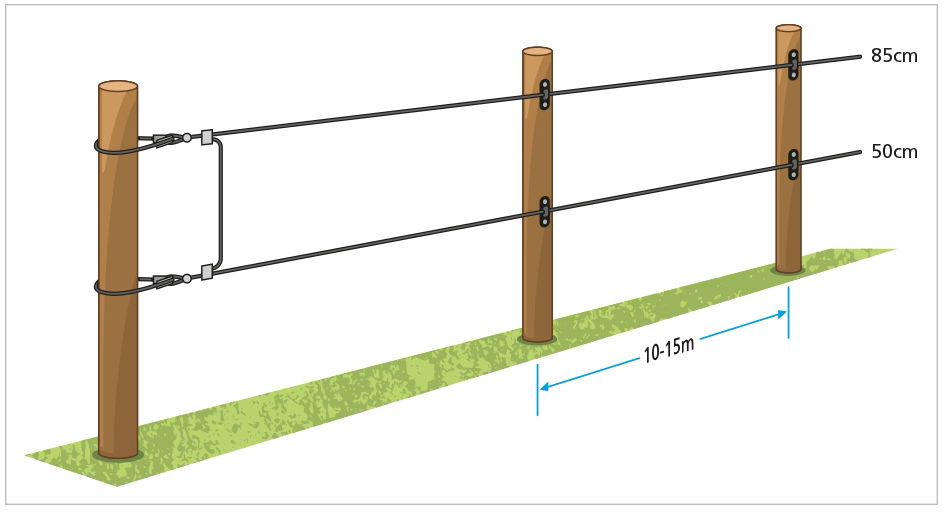
Note: This is not a fox-proof fence. To protect piglets from predators see our Poultry option.
Poultry
Electric netting is the best temporary option for protecting poultry and piglets and keeping foxes at bay. For permanent electric fencing the Rappa designed and tested twelve-line fox fence is proven to be effective.
Rabbits
Rabbits, being small and low to the ground, with the ability to both dig or jump, can be difficult to fence. While electrified rabbit netting is suitable for small areas, a four or six-line electric fence will deter them across longer runs. For permanent electric rabbit fencing you will need a section of wire mesh buried down 30cm into the ground to deter rabbits from digging their way under the fence. The two electric wires will stop them climbing over.
- Cereal Crop Protection
Stranded steel wire with steel or polystakes
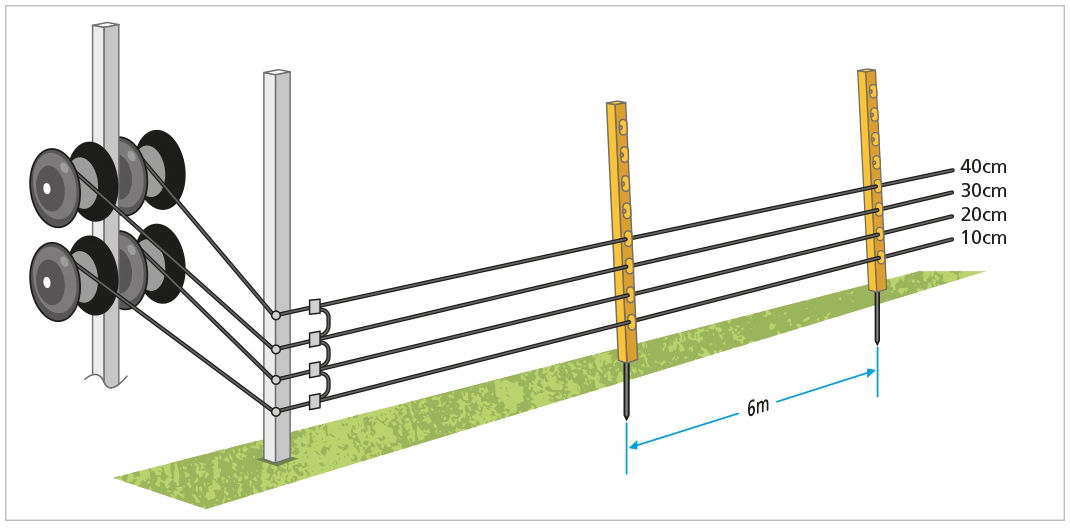
- Vegetable Crop Protection
Stranded steel wire with steel or polystakes
